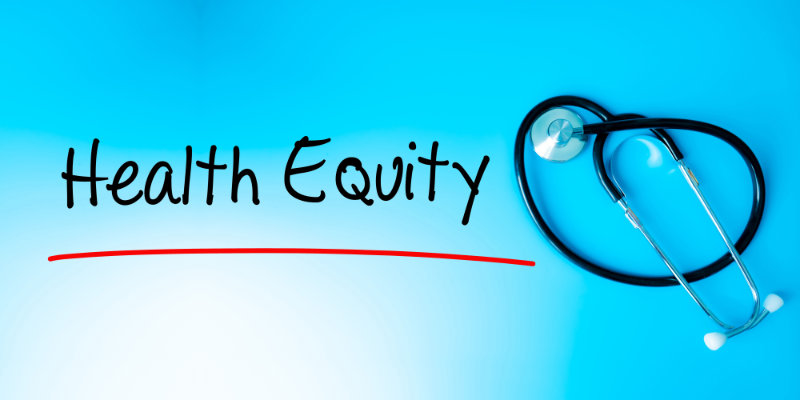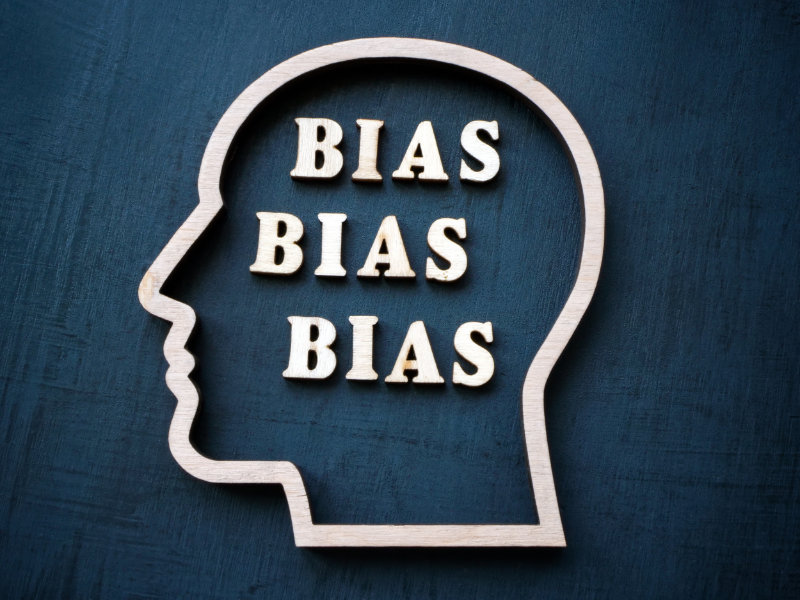Implicit bias creates challenges in healthcare. It also contributes to health disparities. Health disparities are the differences in the burden of illness, injury, disability, or mortality outcomes between groups distinguished by characteristics such as age, gender, race, and ethnicity. This can lead to unfair and avoidable differences in health outcomes. They are considered preventable (CDC, 2025).
To illustrate this point, the CDC reports that nearly 700 women died in the U.S. annually from pregnancy-related complications between 2007-2016 (Petersen et al., 2019). Maternal mortality in the U.S. is alarming, as are its significant racial and ethnic disparities. American Indian, Alaska Native, and Black women are three to four times more likely to die of pregnancy-related causes than White women (Meadows-Fernandez, 2023). Social determinants of health have prevented many from having equal opportunities for physical, emotional, and economic health (Howell, 2018). These factors can impact health equity (Howell, 2018).
Efforts to figure out the causes of maternal deaths in the U.S. and find ways to reduce them are still happening. More research and new ideas are needed. The conversation about health inequalities in pregnancy does not stop with mothers. Unfortunately, the baby's health is also affected. Even though the overall number of infant deaths has gone down, big differences exist when looking at race and ethnicity. For example, non-Hispanic Black babies have a much higher infant death rate (10.8 per 1,000 live births) compared to non-Hispanic White babies (4.6 per 1,000 live births) (Jang & Lee, 2022).
Additionally, preterm birth rates are higher among Black and Hispanic populations than among non-Hispanic White populations. While the overall preterm birth rate in the U.S. has decreased to 10.2% of all births, Black families have the highest preterm birth rate at 14.4% (Jang & Lee, 2022). What might be causing these differences? Experts believe that things like not having medical insurance, living in poor areas, low income, low education, getting care at lower-quality hospitals, and experiencing racial discrimination may all contribute to higher infant death rates (Jang & Lee, 2022). It is important to think about how racism and socioeconomic factors play a role. Studies show that racial discrimination, including implicit bias, can cause stress (higher cortisol levels), which can lead to worse health outcomes and more preterm births (Jang & Lee, 2022).
In 2003, the IOM discussed exploration into healthcare disparities, including bias toward patients of diverse racial, ethnic, or cultural populations. The report said that implicit bias, prejudice, and stereotypical thinking might lead to ethnic and racial disparities within healthcare (IOM, 2003).
More recently, a systematic review of 42 articles found a lot of implicit bias in healthcare providers. This reinforced the negative effects of implicit bias on vulnerable populations. These populations include (Fitzgerald & Hurst, 2017):
- Children
- Women
- Immigrants
- Those with low health literacy
- Minority ethnic populations
- Socioeconomically challenged individuals
- Sexual minorities
- Elderly
- Mentally ill
- Overweight
- Disabled
These reports and studies add to our knowledge about bias in healthcare. Research helps us to think about the effects of bias on health outcomes.
Literature has shown that many factors contribute to health disparities. These factors can include the quality of the healthcare received, underlying chronic conditions, structural racism, and bias (Petersen et al., 2019). Researchers have found that the implicit bias of healthcare providers is associated with adverse effects on patient care. This may include inaccurate patient assessments, incorrect diagnoses and treatments, less time for patient care, and poor follow-up (Narayan, 2019).
Additionally, researchers have found that bias can affect provider-patient communication among people of color. Racial biases and speaking to patients with a condescending tone reduce the chances that patients will feel heard by their providers (Saluja & Bryant, 2021). There may be differences in treatment based on assumptions about patients.
Additionally, bias may impact clinical outcomes and violate patient trust. A study was conducted including cancer patients who were Black and their physicians. Patients who perceived their providers to have high implicit bias were also less supportive and spent less time with patients than providers who had lower implicit bias. Patients who were Black viewed providers as less patient-centered. The patients also had more difficulty remembering what their providers told them, had less confidence in their treatments, and thought it was difficult to follow their treatment plans (Penner et al., 2016).









